EV Charging,
Without the
Intelligently managed residential charging with Machine Learning for a cleaner and more sustainable electric future
Learn More See PricingThe Problem
Overloaded Grid
After their commute, city residents plug in their cars to charge so they can start the next day with a fully charged vehicle. Unfortunately, most people get home at the same time and charge simultaneously. The average charging power for one car is around 10kW, so power demand rises significantly. The grid must start up backup coal generators to handle this sudden load, which defeats the purpose of clean energy.
Cannot Install Chargers
Since the grid cannot handle the load, restrictions are set by the state grid company to every residential community on how many EV chargers they can install. Many new EV owners are unable to charge their new car as a result. Furthermore, more and more people are no longer considering to buy an EV after they have acknowledged that they cannot install a charging point at their parking slot.
The Solution
At MEGAHENRY, we propose an innovative solution to this nationwide
issue, at a fraction of the cost.
We aim to resolve this fundamental roadblock on our pathway to a cleaner
and more electric future.
We Present:
Feature Spotlights
How it works
Our system infrastructure operates on three interconnected layers. These layers helps to simplify the distribution of charging resources.
Power Distribution Layer
This layer handles the communication with vehicles, in the form of a "charger terminal" device. (shown on the right) The charger terminal is connected between the car and the car owner's charger, and communicates with the car through the 2 standard communication pins on the national charging port. The pins allow our system to set charging power and get the information about the car's battery through the car's battery management system(BMS). The charger terminal have a screen for pairing purposes and to display charging statistics.
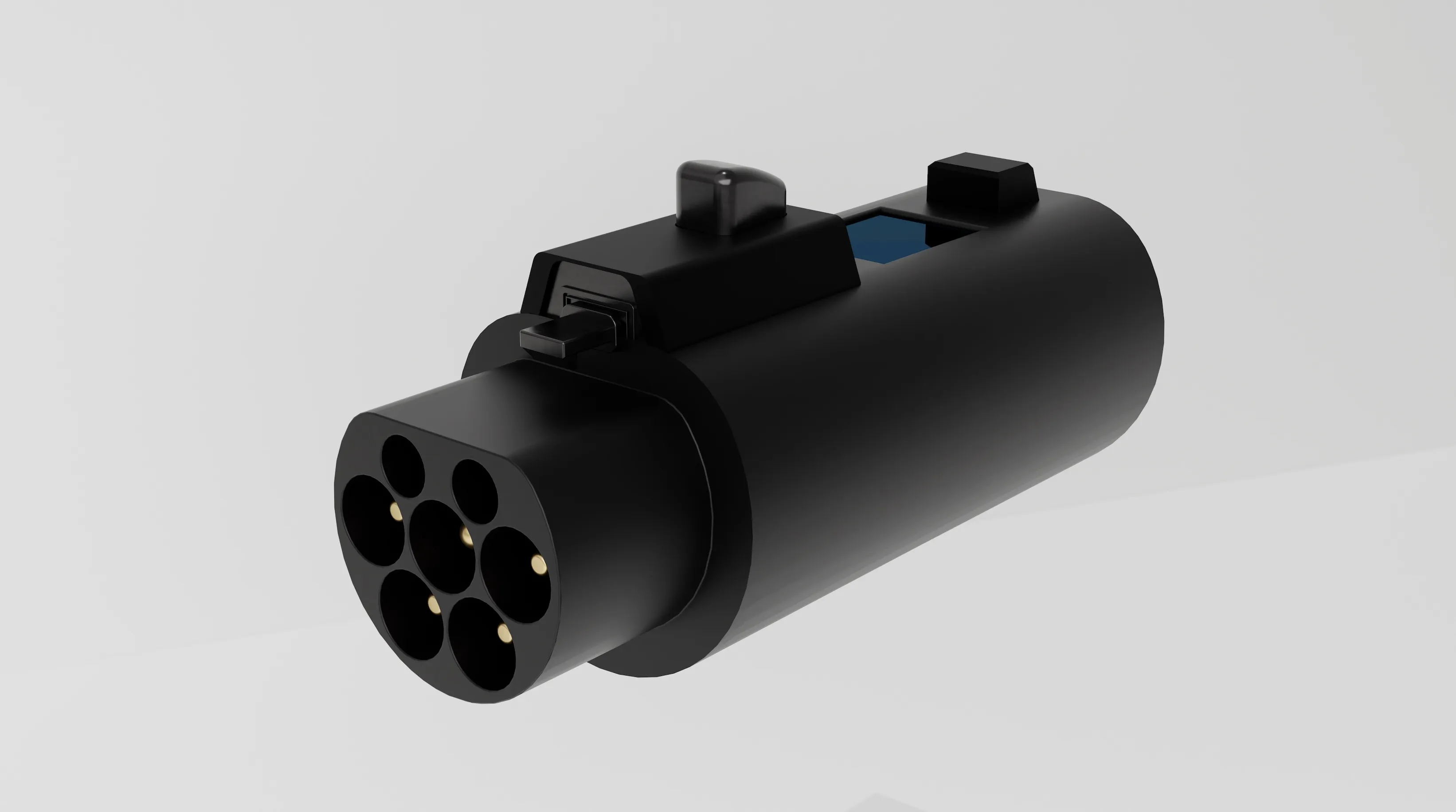


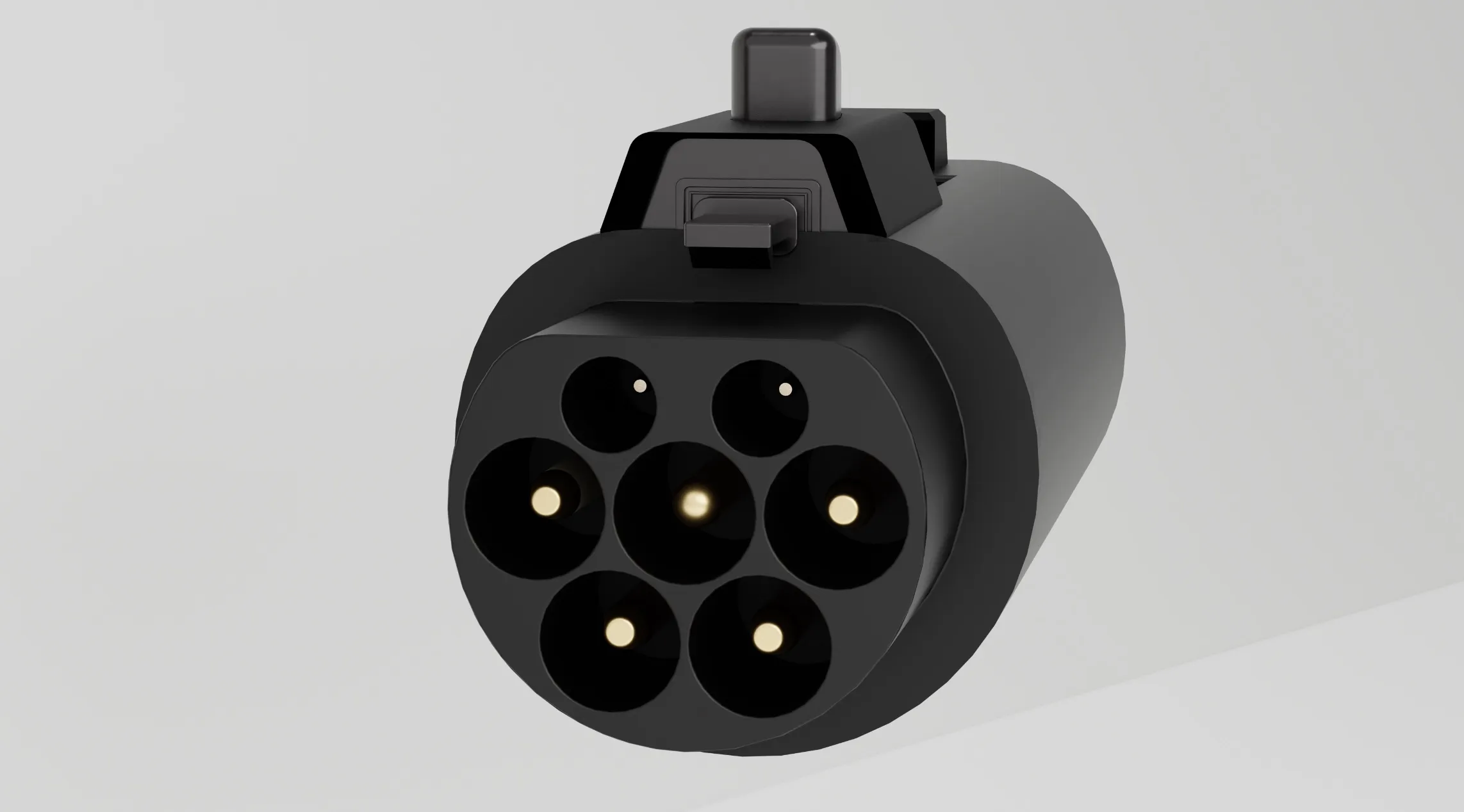
Residential Control Layer
This layer manages residency complex charging as a hub for a residential deployment. Each residential community's parking lot has a residential controller that collects charger terminal data. It processes this data on a user-specific machine learning algorithm. The algorithm adapts to user preferences and habits, making the switch to our new system seamless. The controller communicates with the charger terminals using a technology named LoRaWAN®. LoRaWAN allows low-power, long-range, reliable, and secure parking lot data transfers. The networked protocol allows end devices to relay messages, achieving kilometers of range regardless of obstruction.
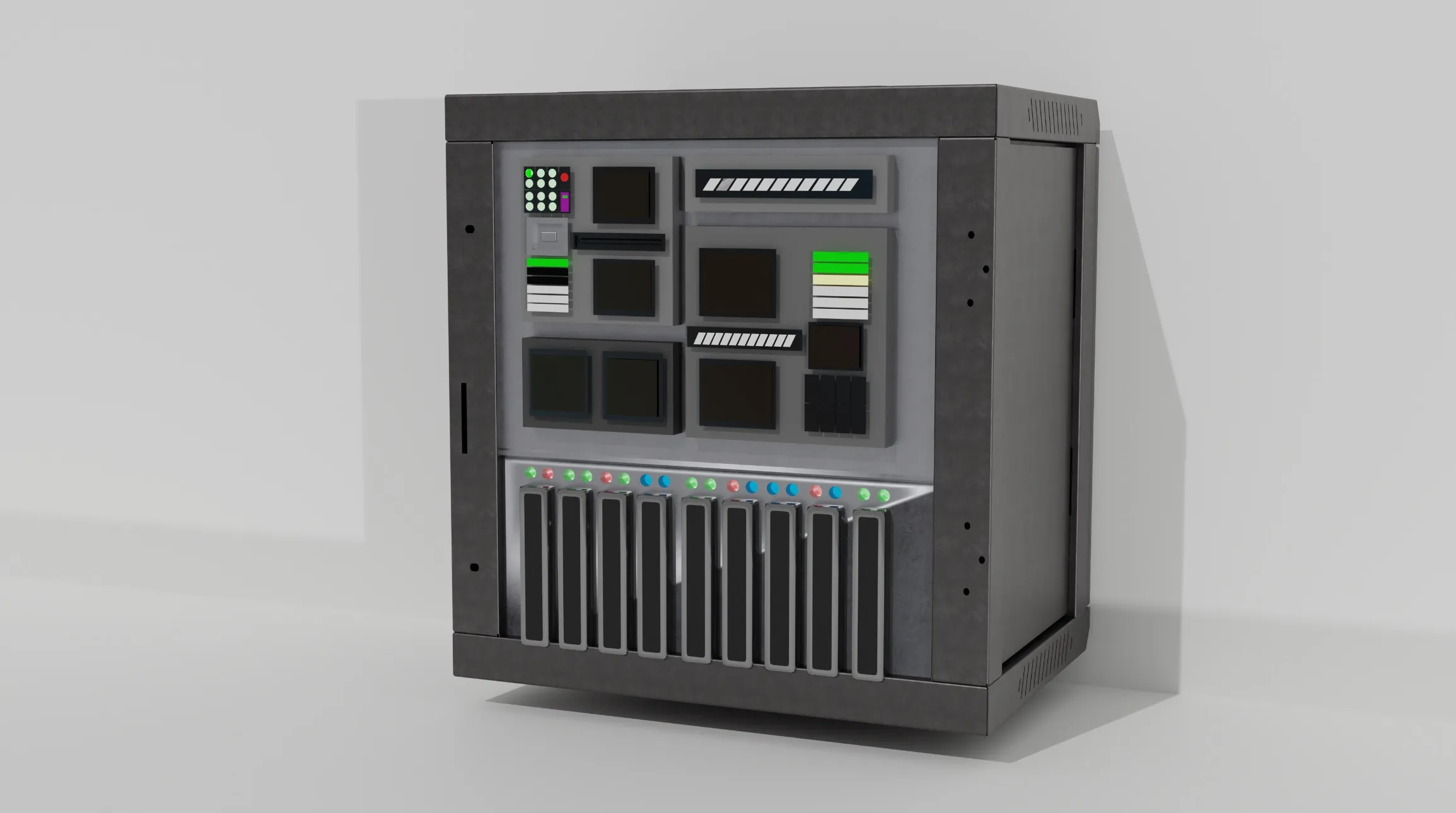
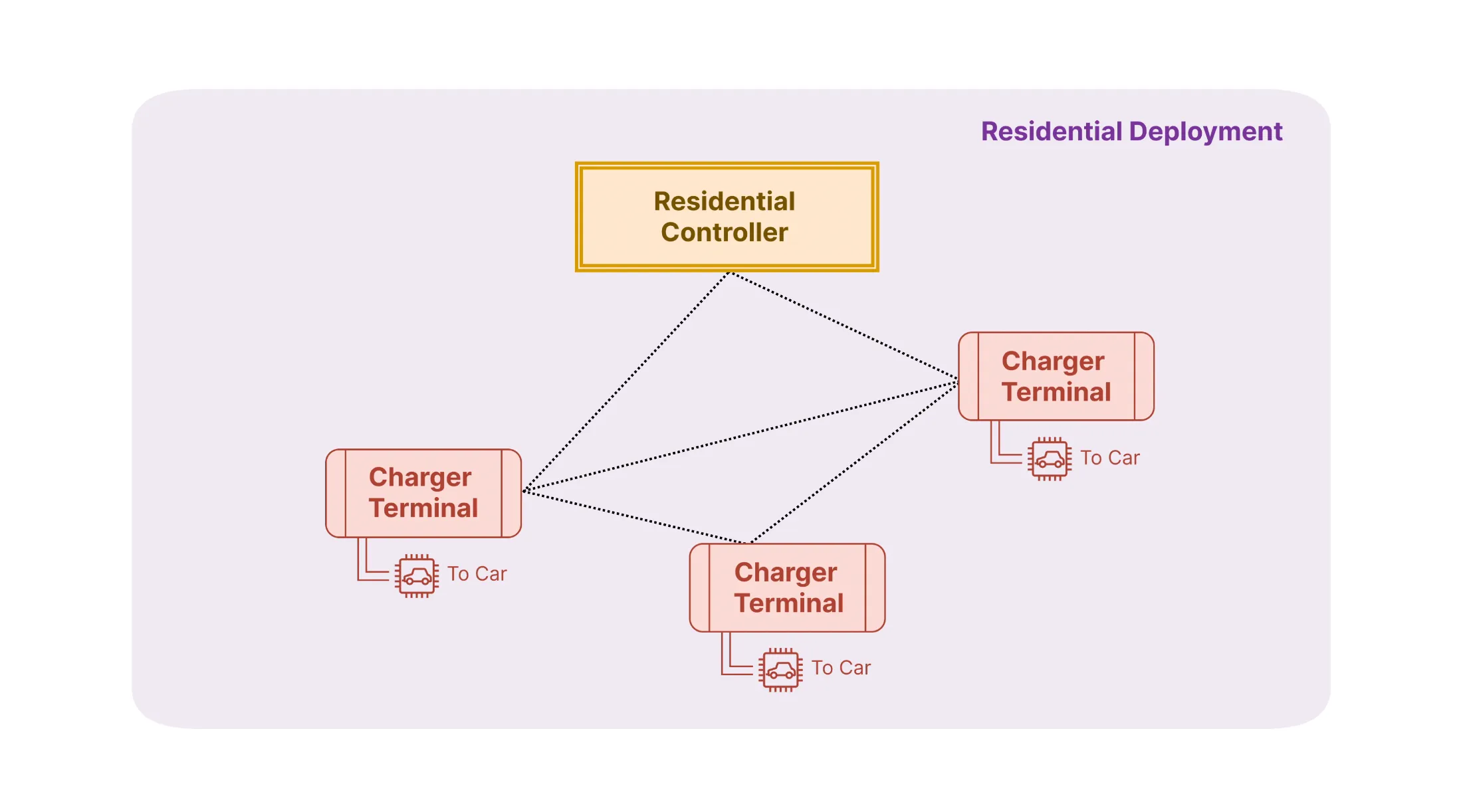
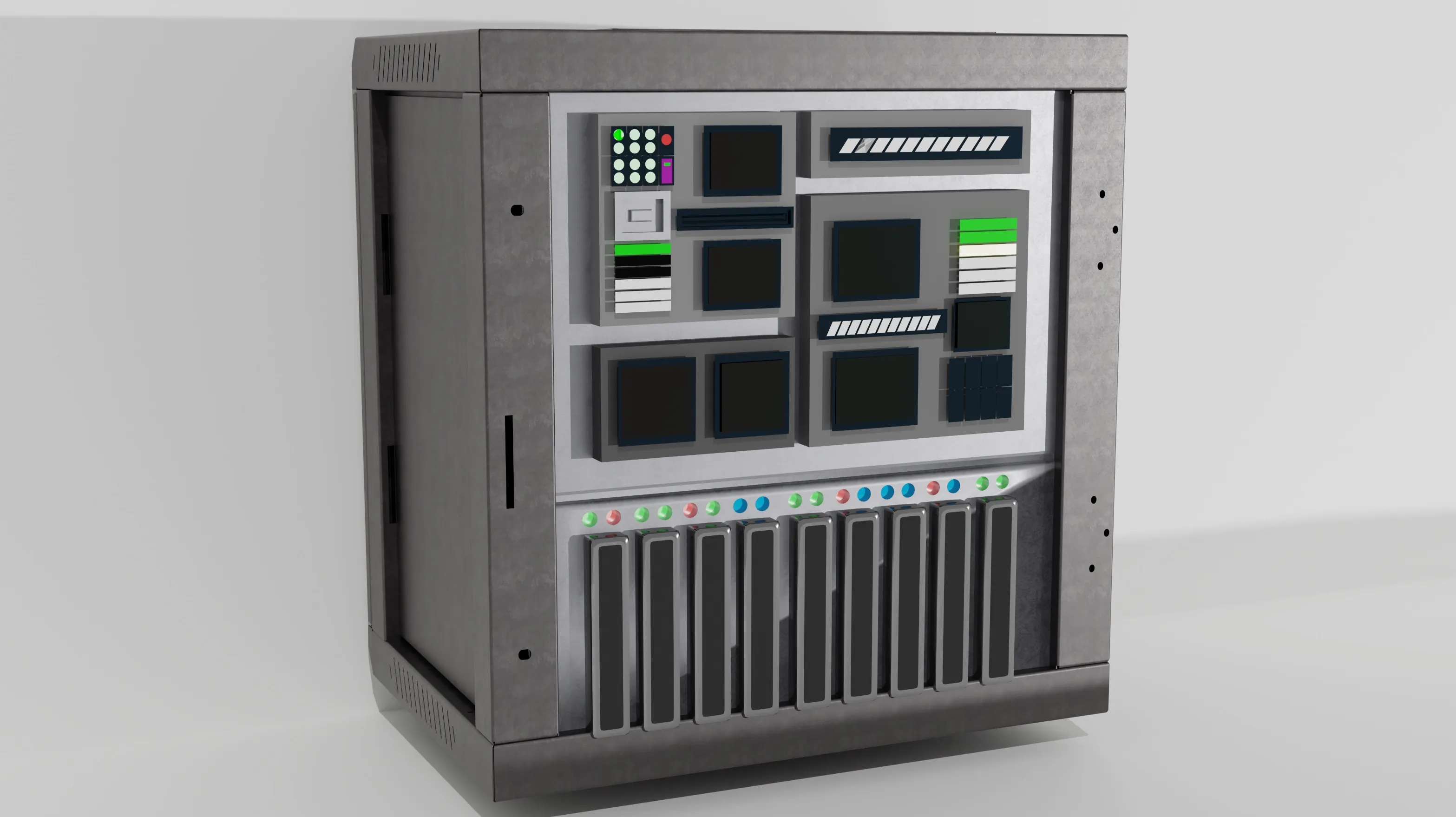
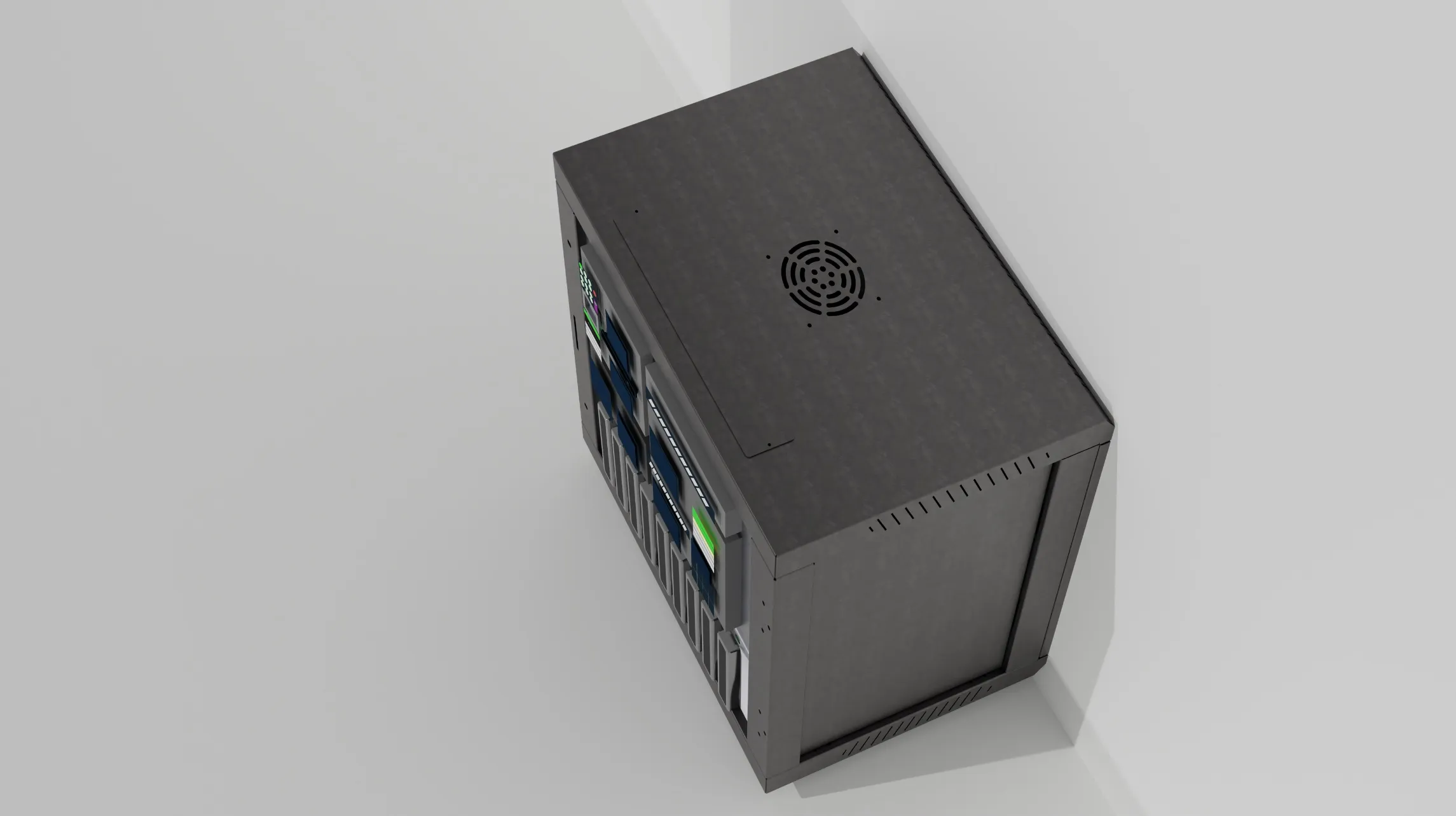
Grid Control Layer
When our system reaches a particular scale, we can connect all the residential controllers to a data center that intelligently distributes power on a residential community level. The data center collects data from every residential controller and regional power grid. Then, it runs another machine learning algorithm to allocate power that stabilizes the whole grid. The layer also handles business logic that verifies the users' true charging usage, and charge the users a fair price.
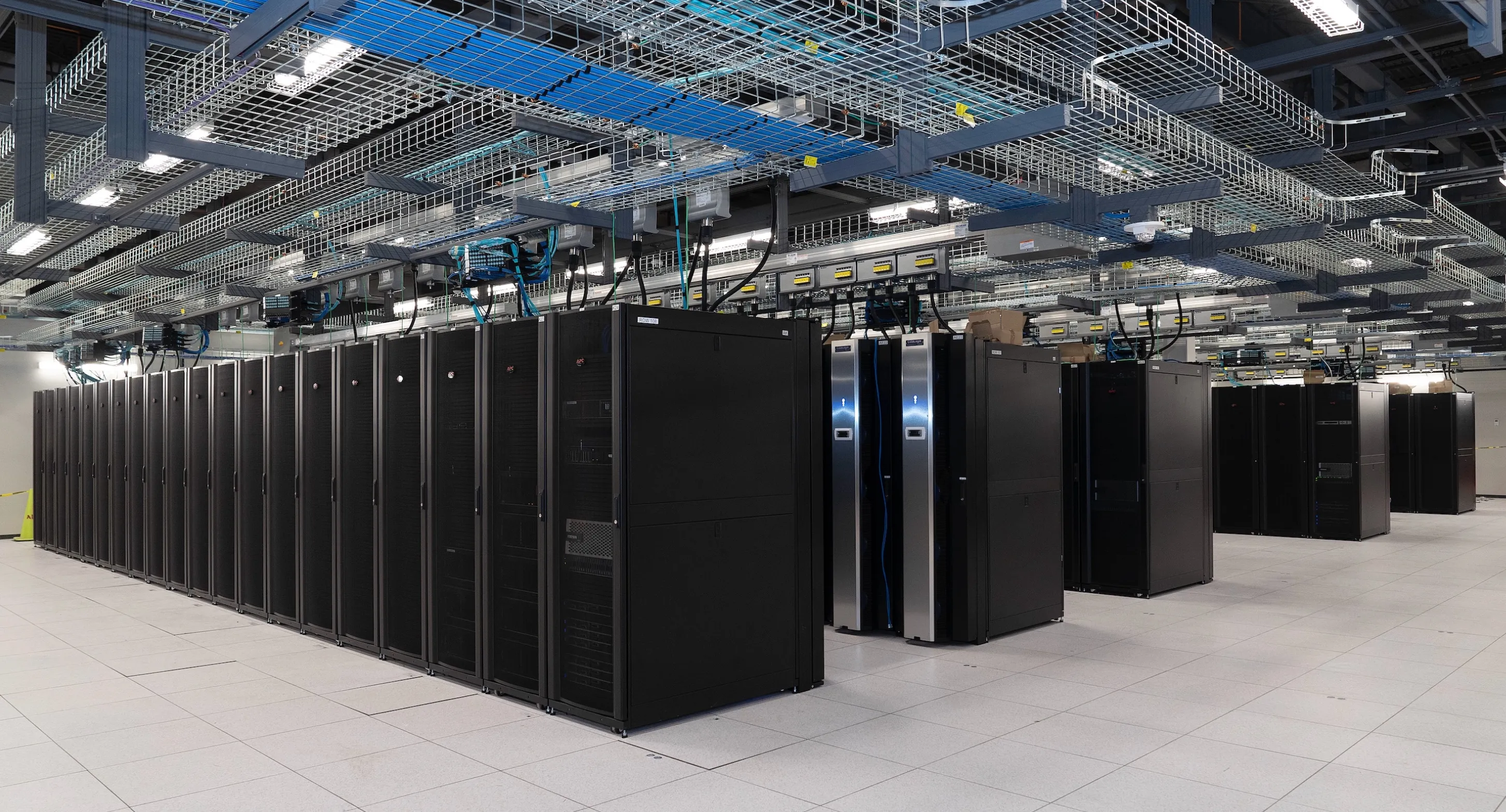

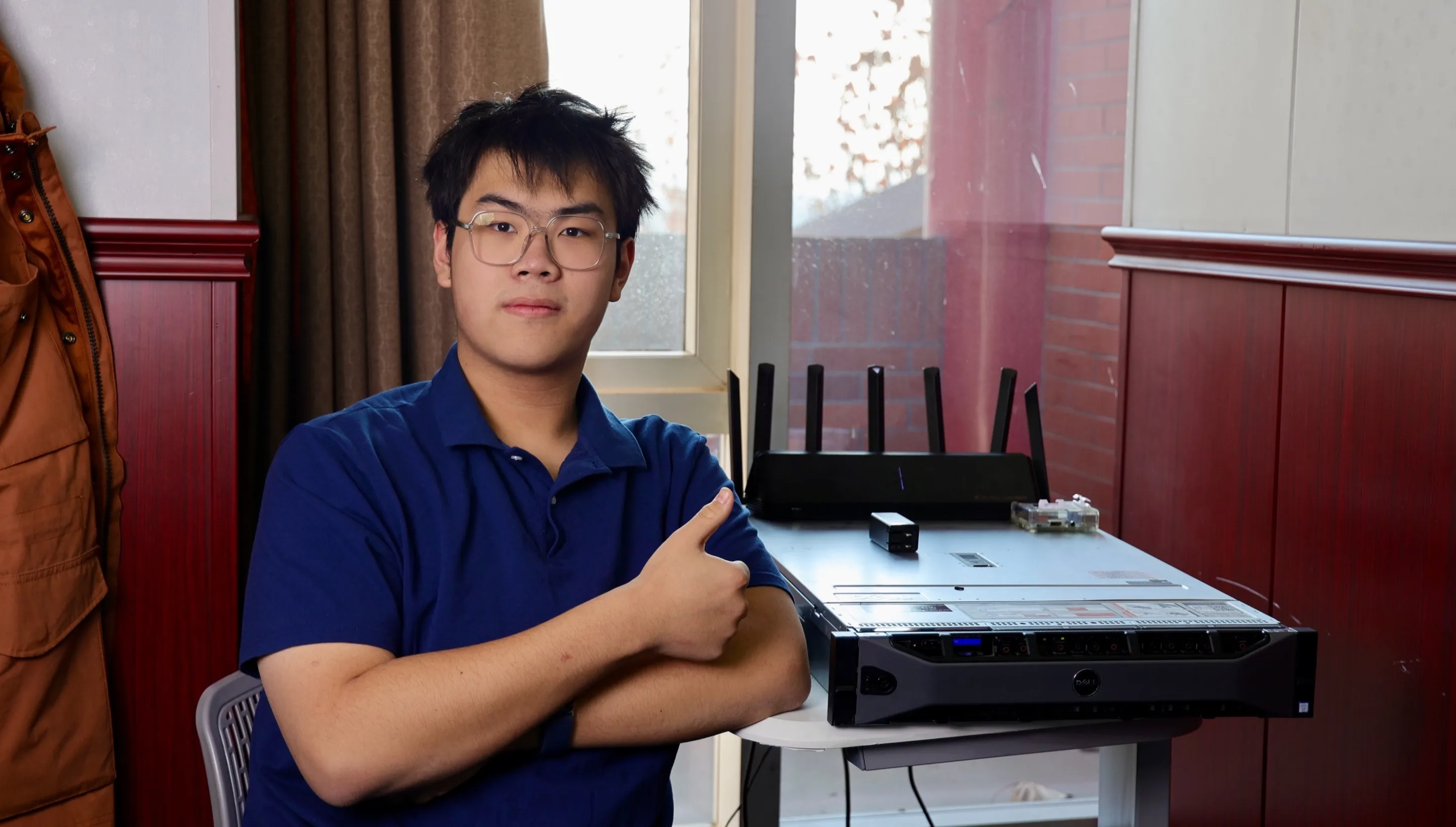
Our people make us great
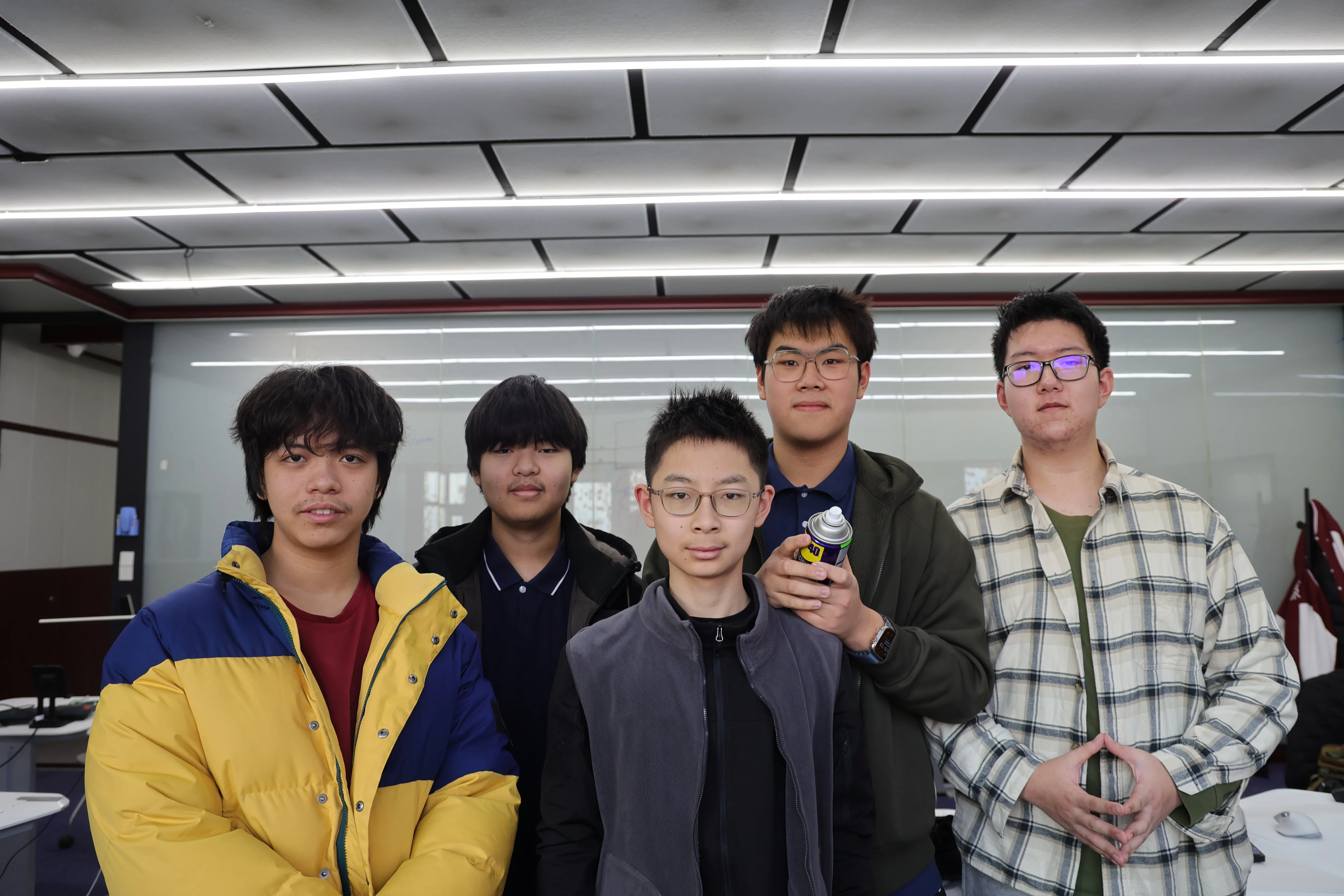
Abraham Zheng
Holding WD-40
CEO
Edde Sun
Center
Electronics Specialist
Hugh He
Rightmost
CTO
James Zhang
Leftmost
Embedded Engineer
Sam Ding
Second from left
CFO
Special Thanks to:
Kelvin Zhao
Supervisor
Luke Li
Instructor
Yongli He
Coach